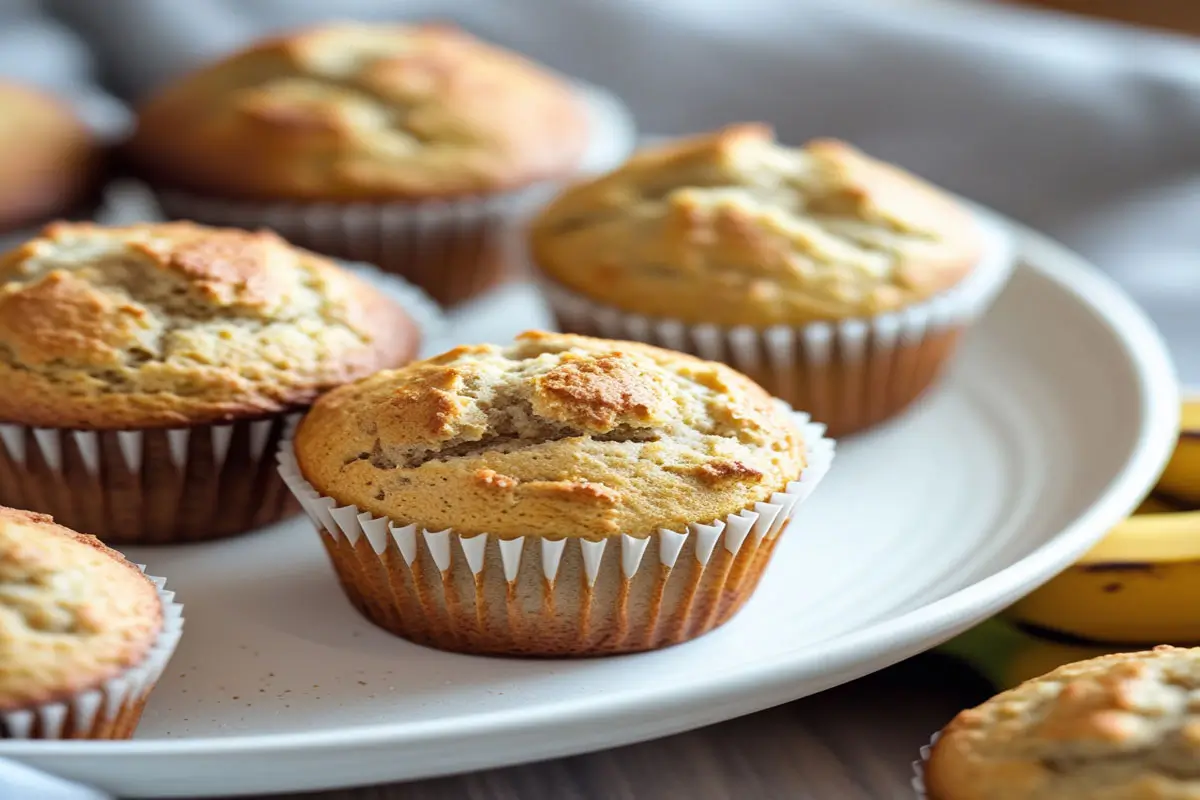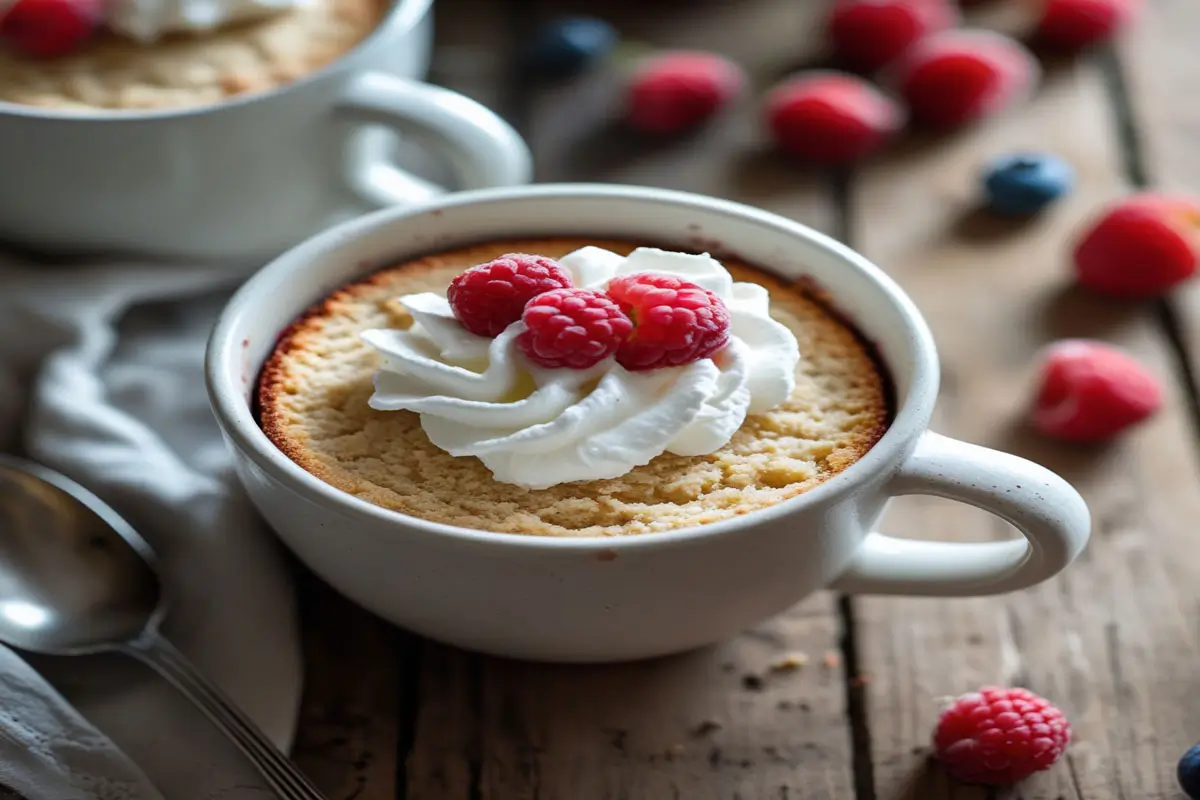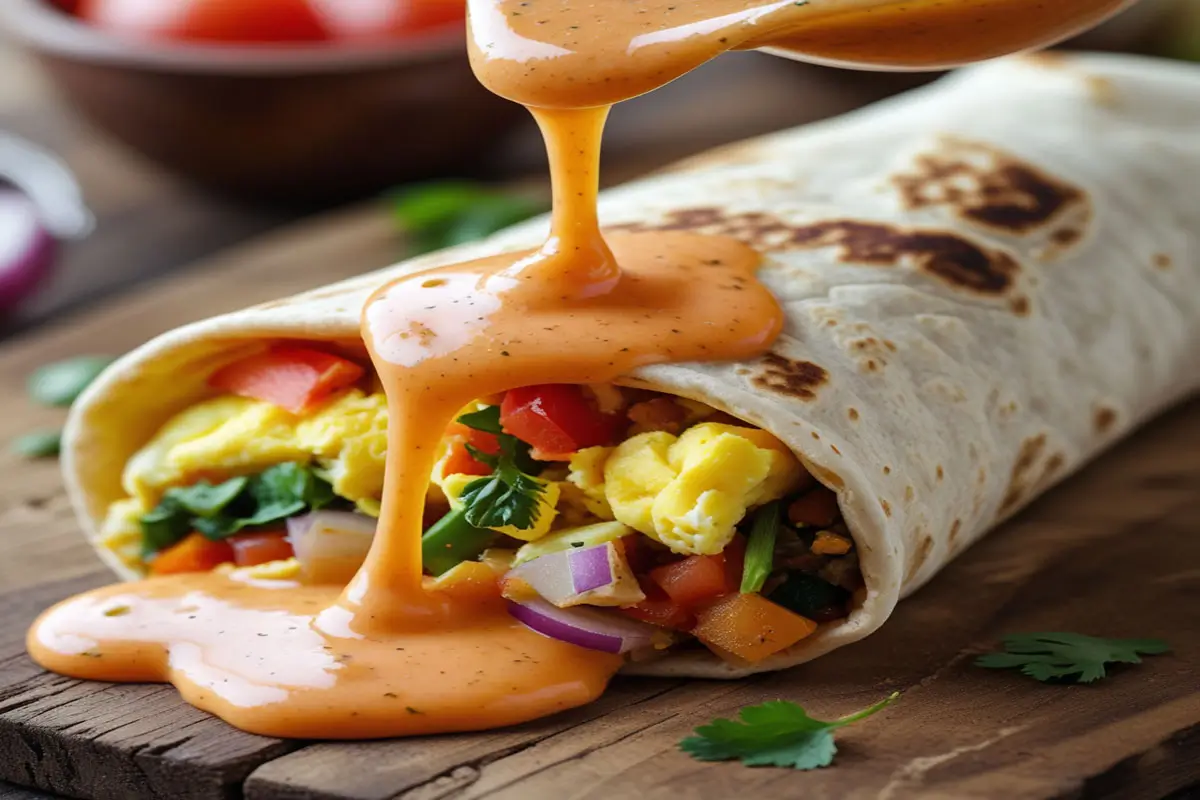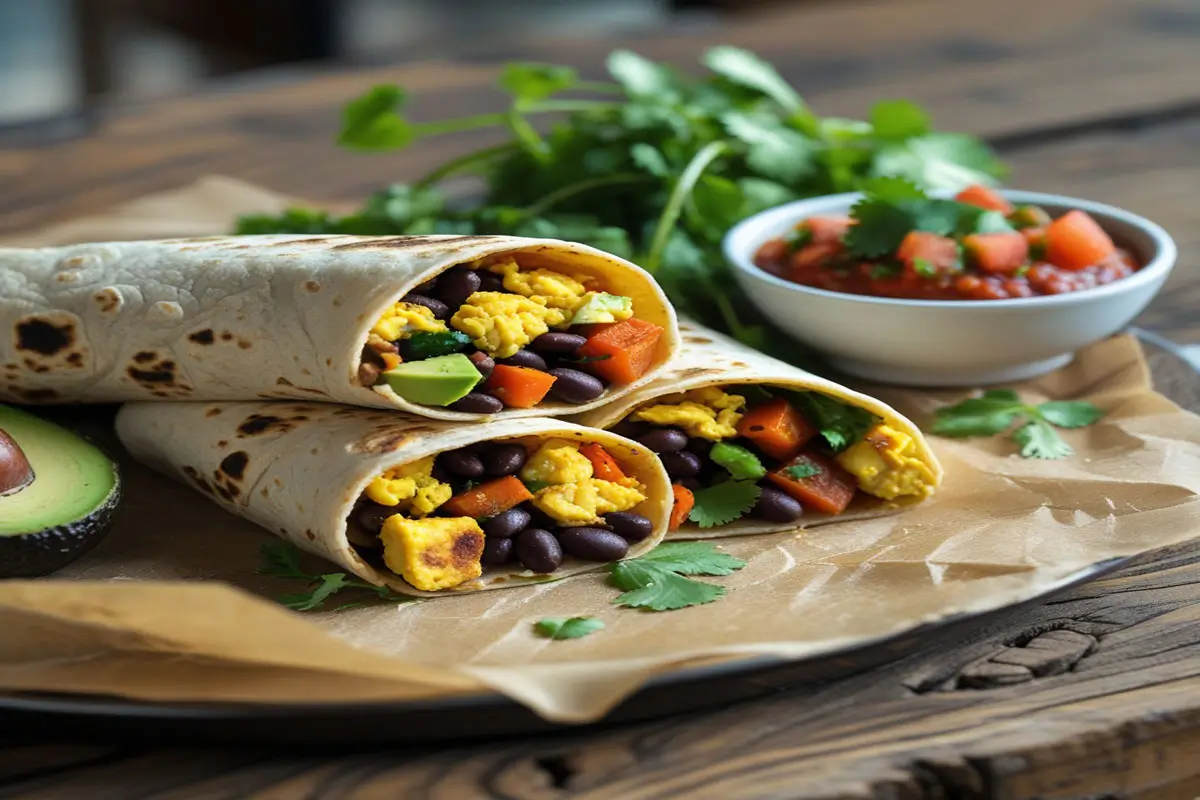Gluten-free banana muffins are a perfect solution for those who are gluten intolerant or simply prefer healthier alternatives. These muffins are not only delicious but also versatile and easy to prepare. Whether you are looking for a quick breakfast meal or a tasty snack, these muffins are the answer. Packed with the natural sweetness of bananas and a tender crumb, gluten-free banana muffins cater to all dietary preferences. Plus, they can be customized with a variety of add-ins like nuts, chocolate chips, or dried fruit, making them even more satisfying.
In this article, we’ll explore the benefits of baking gluten-free banana muffins, essential ingredients, step-by-step instructions, and common mistakes to avoid. We will also provide tips on how to store and preserve your muffins to ensure they stay fresh for longer. So, let’s dive in and discover how to make the perfect gluten-free banana muffins.
Table of Contents

The Benefits of Baking Gluten-Free Banana Muffins
Baking your own gluten-free banana muffins at home comes with several benefits that store-bought options simply cannot offer. Firstly, by baking your own muffins, you have full control over the ingredients, ensuring that they meet your specific dietary needs. For example, you can choose gluten-free flour blends that suit your taste and lifestyle, and you can avoid unnecessary additives and preservatives often found in store-bought goods.
Additionally, baking gluten-free banana muffins at home is cost-effective. Ready-made gluten-free baked goods can be pricey, but with just a few basic ingredients, you can create a batch of homemade muffins that will last for days. Moreover, these muffins are great for families with dietary restrictions, as they can be enjoyed by all members without worry.
Not only do homemade gluten-free banana muffins taste better, but they are also healthier. By using natural sweeteners like ripe bananas and perhaps a touch of honey or maple syrup, you can avoid refined sugars, making your muffins a much healthier option. This is especially important if you are trying to reduce your sugar intake or follow a clean-eating plan.
Why Choose Banana Muffins as a Gluten-Free Snack?
When it comes to gluten-free snacks, banana muffins offer several compelling reasons to be your go-to choice. One of the biggest advantages is that bananas are naturally rich in essential nutrients like potassium, vitamin B6, and fiber. This means that your muffins not only satisfy your sweet tooth but also provide important vitamins and minerals.
Bananas also have a natural sweetness, which allows you to reduce the amount of added sugar in your muffin recipe. This is especially beneficial for those looking to cut back on sugar without sacrificing flavor. The soft, moist texture of gluten-free banana muffins is perfect for a snack that is both comforting and filling, helping you stay satisfied between meals.
Furthermore, banana muffins are highly customizable. You can easily add various healthy ingredients such as nuts, seeds, or dried fruits to enhance the nutritional profile. For example, adding walnuts or almonds to your muffins will provide additional protein and healthy fats. Gluten-free banana muffins are also great for breakfast or an afternoon treat, making them a versatile snack option.
Essential Ingredients for Perfect Gluten-Free Banana Muffins
To bake the perfect gluten-free banana muffins, you need a few essential ingredients that will provide the right texture and flavor. The key ingredients for these muffins include:
- Gluten-Free Flour Blend: The most important ingredient for a gluten-free recipe is, of course, the flour. A good gluten-free flour blend will provide structure to your muffins. Look for one that contains a combination of rice flour, potato starch, and tapioca flour for the best texture.
- Ripe Bananas: Bananas are the star of this recipe, adding both sweetness and moisture. Be sure to use overripe bananas, as they will lend the best flavor and consistency to your muffins.
- Baking Powder and Baking Soda: These leavening agents help your muffins rise and become light and fluffy. Ensure that both are gluten-free to maintain the integrity of the recipe.
- Eggs: Eggs bind the ingredients together and provide moisture. If you’re following an egg-free diet, you can substitute with flax eggs or chia seeds.
- Butter or Oil: Both options work well in this recipe, with butter giving the muffins a richer flavor. For a dairy-free version, you can use coconut oil or olive oil.
- Sweetener: While bananas provide natural sweetness, you can also add a small amount of honey, maple syrup, or stevia to enhance the flavor.
With these ingredients, you can create gluten-free banana muffins that are both delicious and nutritious.
How to Make Moist and Fluffy Gluten-Free Banana Muffins
Achieving the perfect balance of moistness and fluffiness in gluten-free banana muffins can be tricky, but with a few key tips, you can master it every time.
1. Use Overripe Bananas
Ripe bananas are crucial for adding moisture and sweetness to your muffins. The riper the bananas, the better your muffins will taste. Overripe bananas have a stronger flavor, which will ensure that your muffins are not only moist but also rich in banana flavor.
2. Don’t Overmix the Batter
When making gluten-free banana muffins, be careful not to overmix the batter. Overmixing can cause the muffins to become dense and heavy. Stir the wet and dry ingredients together just until combined for the fluffiest muffins.
3. Add Moisture with Yogurt or Applesauce
If you want an extra boost of moisture, consider adding a tablespoon of plain yogurt or unsweetened applesauce to the batter. This will help keep your muffins soft and tender without compromising their texture.
4. Bake at the Right Temperature
Baking your gluten-free banana muffins at the correct temperature ensures that they cook evenly and stay fluffy. A temperature of 350°F (175°C) is ideal for most muffin recipes. Be sure to check for doneness by inserting a toothpick into the center of a muffin—if it comes out clean, your muffins are ready.
Step-by-Step Guide to Baking Gluten-Free Banana Muffins

Baking gluten-free banana muffins is a simple process, and by following this step-by-step guide, you’ll achieve the perfect batch every time.
Preparing the Wet and Dry Ingredients
- In a large bowl, mash your ripe bananas with a fork until smooth.
- Add eggs, melted butter (or oil), and your choice of sweetener (honey or maple syrup).
- Mix well until all the wet ingredients are combined.
In a separate bowl, whisk together your gluten-free flour blend, baking powder, baking soda, and a pinch of salt. This ensures that your dry ingredients are evenly distributed, preventing clumps in the batter.
Baking Tips for the Best Muffins
- Preheat your oven to 350°F (175°C) and line a muffin tin with paper liners or grease the tin with butter or oil.
- Spoon the muffin batter into the tin, filling each cup about 2/3 full.
- Bake for 18-20 minutes, or until a toothpick inserted into the center comes out clean.
- Let the muffins cool in the tin for a few minutes, then transfer them to a wire rack to cool completely.
By following these simple steps, you will end up with gluten-free banana muffins that are perfectly moist, fluffy, and full of flavor.
Common Mistakes to Avoid When Making Gluten-Free Banana Muffins
When baking gluten-free banana muffins, there are a few common mistakes that can affect the texture and flavor of your muffins. Here are some things to watch out for:
- Using Unripe Bananas: Unripe bananas can make your muffins taste bland and dry. Always use ripe or overripe bananas for the best results.
- Overmixing the Batter: Overmixing can lead to dense and tough muffins. Stir the batter gently and just until combined.
- Not Measuring Flour Correctly: If you’re not careful with your flour measurements, your muffins could end up too dry or too wet. Always measure your flour using the spoon-and-level method for accuracy.
- Baking at Too High a Temperature: Baking at too high a temperature can cause your muffins to brown too quickly on the outside while remaining undercooked inside. Stick to 350°F for optimal results.
How to Store and Preserve Your Gluten-Free Banana Muffins
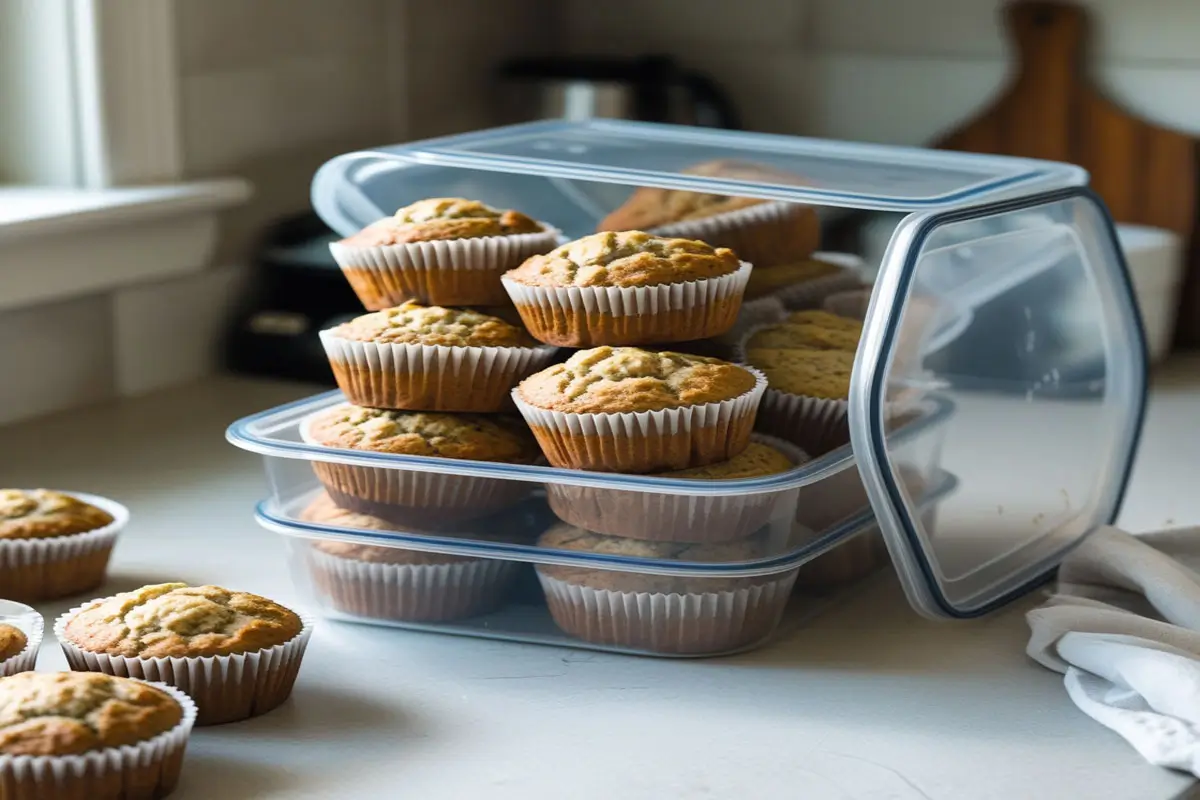
Storing your gluten-free banana muffins properly is essential to keeping them fresh and moist for as long as possible.
Best Storage Containers for Fresh Muffins
To store your muffins, use an airtight container to maintain freshness. If you plan on consuming them within a few days, simply store them at room temperature. If you want to keep them for longer, consider placing the container in the refrigerator to extend their shelf life.
Freezing and Thawing Gluten-Free Muffins
If you want to make your gluten-free banana muffins last even longer, freezing them is a great option. Wrap each muffin individually in plastic wrap or foil, then place them in a freezer-safe bag. When you’re ready to enjoy one, simply thaw it at room temperature or warm it in the microwave for a few seconds.
If you’re craving comfort food, try these Gluten-Free Pancake Mix pancakes or enjoy a serving of Banana Cottage Cheese Pancakes.
Frequently Asked Questions:
What is the best gluten-free flour for muffins?
When baking gluten-free banana muffins, the best flour to use is a gluten-free all-purpose flour blend. These blends typically contain a mix of rice flour, potato starch, and tapioca flour, which help mimic the texture of traditional wheat flour. Some highly recommended options include:
Bob’s Red Mill Gluten-Free 1-to-1 Baking Flour
King Arthur Gluten-Free All-Purpose Flour
Cup4Cup Gluten-Free Flour Blend
These flours provide the right balance of texture and structure for your muffins, ensuring they turn out light and fluffy.
How to make gluten-free muffins more moist?
To make your gluten-free banana muffins more moist, try incorporating the following tips:
Use ripe bananas: Overripe bananas add natural moisture and sweetness to your muffins.
Add yogurt or applesauce: Both ingredients help retain moisture in your muffins, preventing them from becoming dry.
Avoid overmixing: Overmixing the batter can make the muffins dense, which leads to a dry texture. Mix until the ingredients are just combined.
Incorporate fat: Using melted butter, coconut oil, or vegetable oil helps keep your muffins moist and tender.
By following these tips, you’ll achieve soft, moist muffins every time.
Why did my gluten-free banana bread not rise?
If your gluten-free banana bread didn’t rise, there are a few potential causes:
Incorrect leavening agents: Make sure you’re using fresh baking powder and baking soda, as old or expired leavening agents may not work properly.
Overmixing the batter: Overmixing can cause the dough to lose air, preventing the bread from rising properly. Stir the batter gently.
Too much liquid: If the batter is too runny, it may not rise well. Ensure your batter has the right consistency, thick but not too stiff.
Incorrect oven temperature: If the oven temperature is too low, your bread may not rise as expected. Use an oven thermometer to ensure the temperature is accurate.
By adjusting these factors, your gluten-free banana bread should rise beautifully next time.
What is a good egg substitute for gluten-free muffins?
For those following a vegan or egg-free diet, there are several egg substitutes that work well in gluten-free banana muffins:
Flaxseed meal: Mix 1 tablespoon of ground flaxseed with 3 tablespoons of water to replace one egg. Let it sit for a few minutes until it thickens.
Chia seeds: Similar to flaxseeds, chia seeds can be used as an egg replacement. Use 1 tablespoon of chia seeds with 3 tablespoons of water for each egg.
Applesauce: Use 1/4 cup of unsweetened applesauce to replace one egg. This helps add moisture to the muffins as well.
Banana: Since you are already using bananas in the recipe, you can replace eggs with mashed banana (1/4 cup per egg) for additional moisture and binding.
These substitutes will ensure your gluten-free muffins turn out just as delicious as the original recipe.
Is Bob’s Red Mill egg replacer gluten-free?
Yes, Bob’s Red Mill Egg Replacer is gluten-free. It’s made from a blend of potato starch, tapioca flour, and leavening agents, making it a great option for replacing eggs in gluten-free banana muffins and other baked goods. This product is also vegan, so it’s suitable for those with both egg and dairy allergies.
Conclusion: Enjoy Your Delicious Gluten-Free Banana Muffins!
Now that you have all the information you need, it’s time to bake your own batch of gluten-free banana muffins. By following the steps, avoiding common mistakes, and storing them correctly, you can enjoy these delicious muffins as a perfect breakfast meal or snack throughout the week. Whether you’re new to gluten-free baking or a seasoned pro, these muffins are a fantastic choice that will never disappoint. So, grab your ingredients and start baking today!

